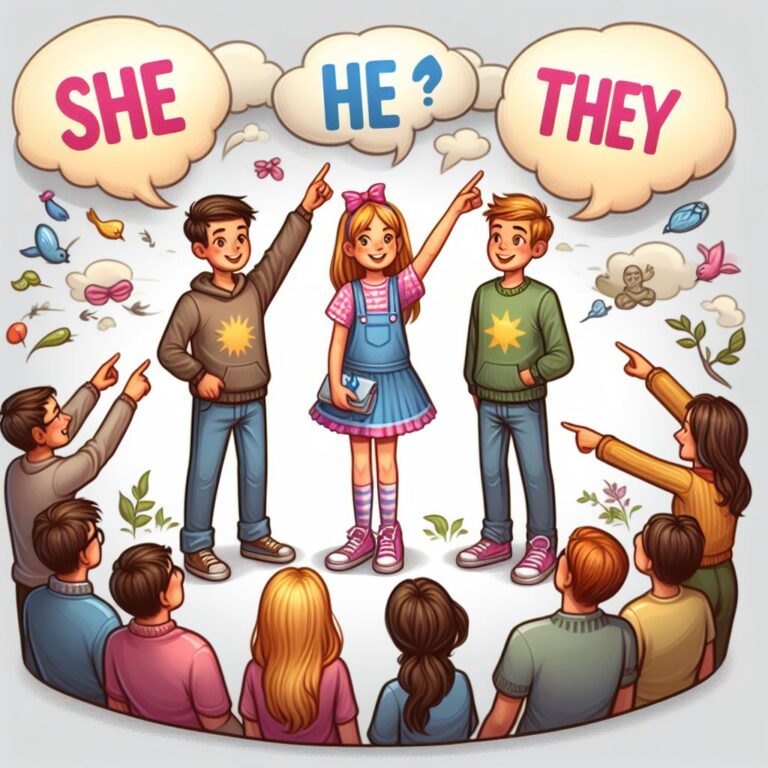The English personal pronouns are an essential part of our everyday language, often used in place of a noun or noun phrase. They help us avoid repetition and make our speech and writing more efficient and varied.
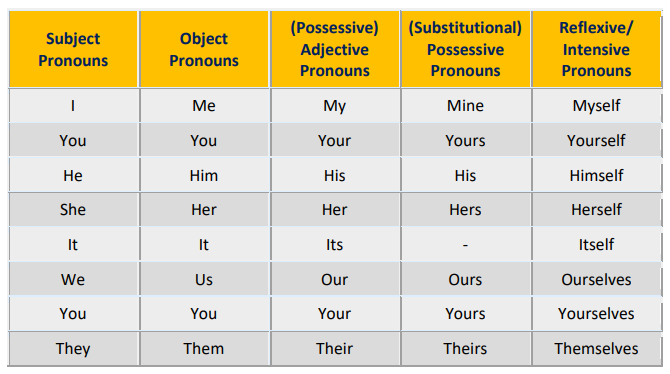
Let’s delve into the different types of pronouns.
SUBJECT PRONOUNS
Subject pronouns are the backbone of clear and concise sentences, acting as the subject of a sentence. They replace the noun that is performing the action, making our language less repetitive and more streamlined. Here are the subject pronouns in English:



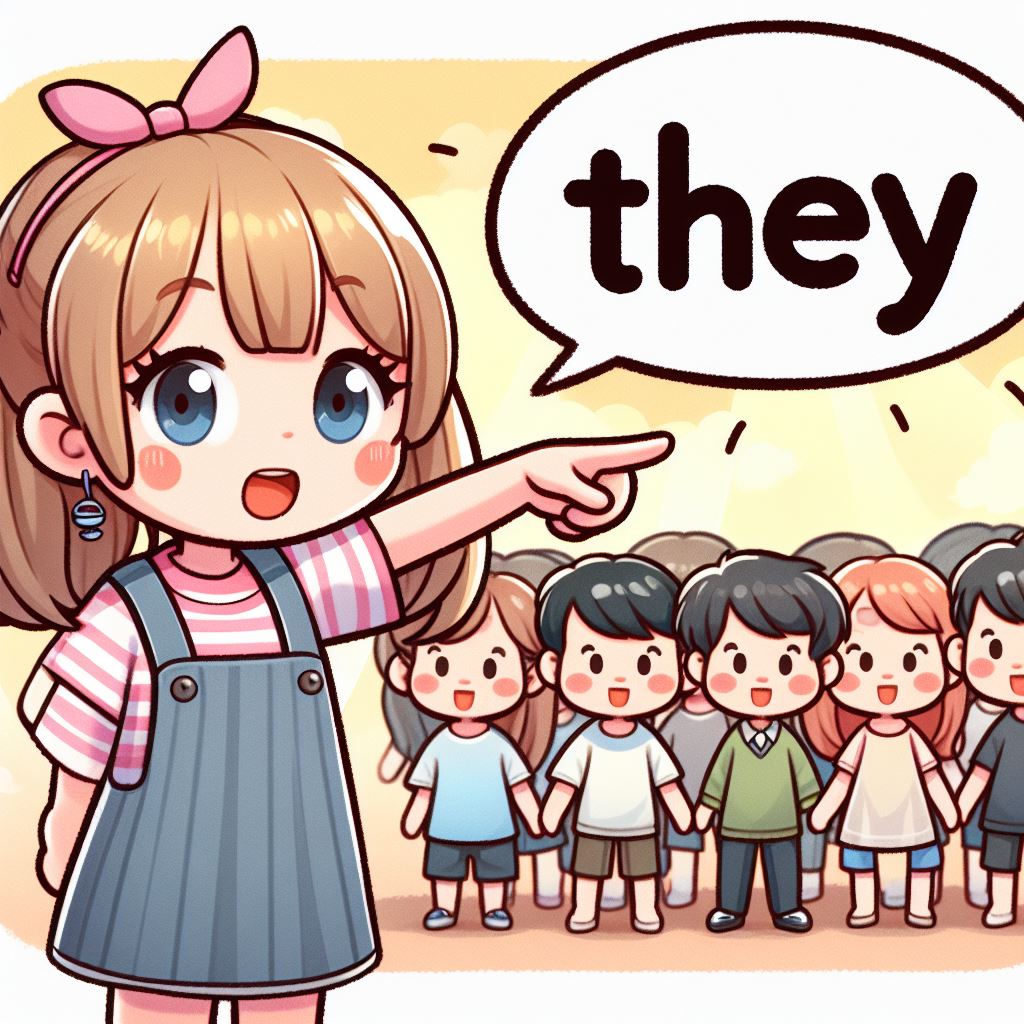

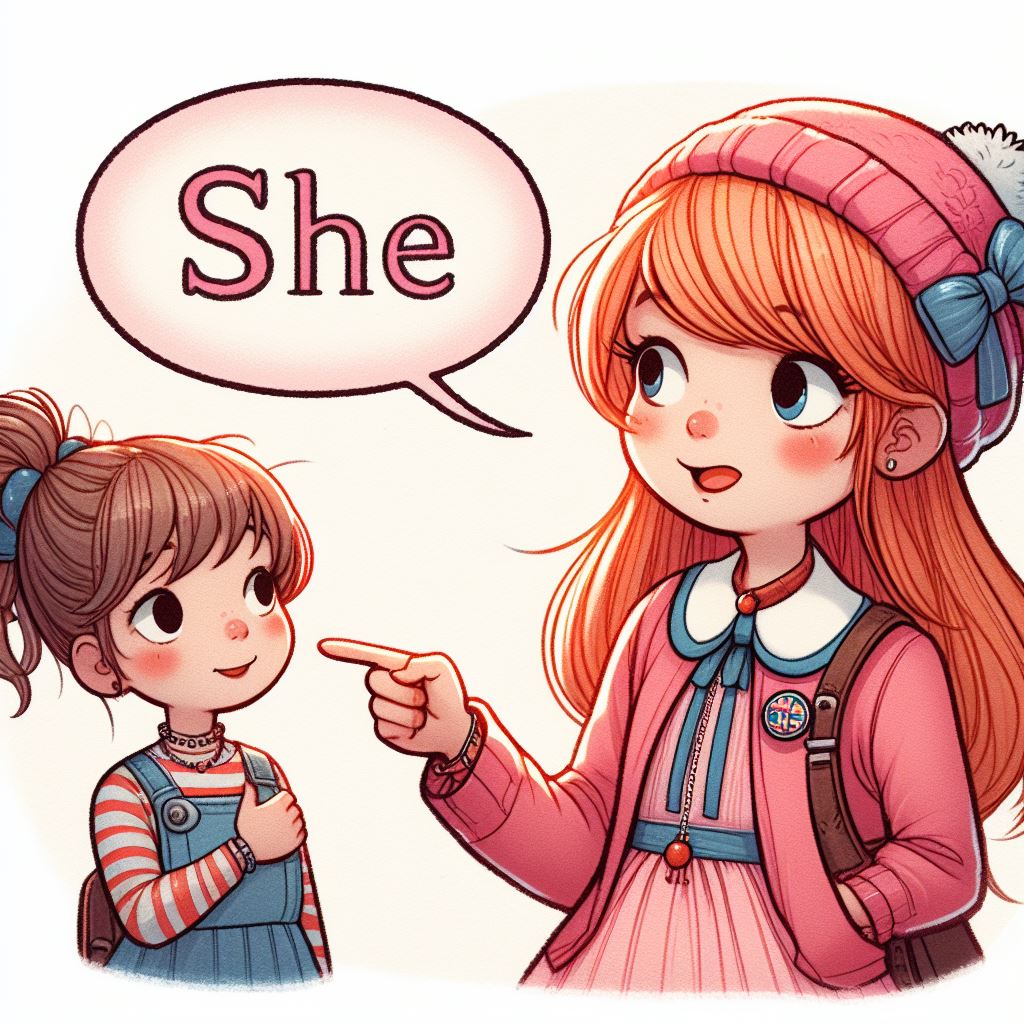

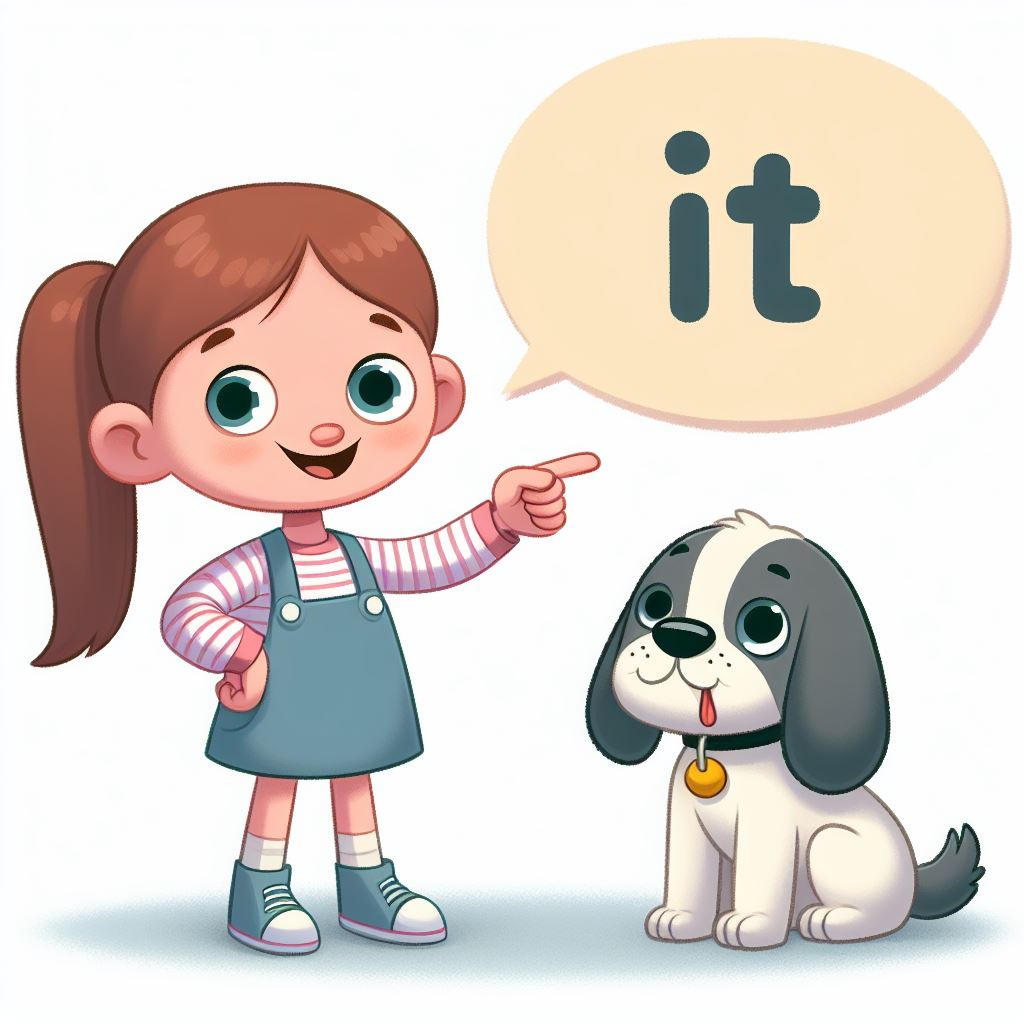
- I: Used when the speaker is the one doing the action. Example: “I am writing a blog post.”
- You: Used when the person being addressed is doing the action. Example: “You are reading a book.”
- He: Used when a male person or entity is doing the action. Example: “He is playing soccer.”
- She: Used when a female person or entity is doing the action. Example: “She is painting a picture.”
- It: Used when a non-human entity or an unspecified gender is doing the action. Example: “It is raining.”
- We: Used when a group including the speaker is doing the action. Example: “We are studying for the test.”
- They: Used when a group of people or entities is doing the action. Example: “They are building a house.”
Subject pronouns are always the “doers” of the action in a sentence. They give us a clear and concise subject without needing to constantly repeat the noun they’re replacing. This makes our language more efficient and easier to understand.
OBJECT PRONOUNS
Object pronouns are used as the object of a verb or preposition. They receive the action in a sentence. Here are the object pronouns in English:
- Me: Used when the action is being done to the speaker. Example: “John called me.”
- You: Used when the action is being done to the person being addressed. Example: “I see you.”
- Him: Used when the action is being done to a male person or entity. Example: “She likes him.”
- Her: Used when the action is being done to a female person or entity. Example: “He knows her.”
- It: Used when the action is being done to a non-human entity or an unspecified gender. Example: “Can you fix it?”
- Us: Used when the action is being done to a group including the speaker. Example: “They joined us.”
- Them: Used when the action is being done to a group of people or entities. Example: “We invited them.”
Object pronouns are crucial in sentences where we want to avoid repetition of the noun and make our speech or writing more efficient and varied.
POSSESSIVE PRONOUNS
Possessive pronouns are a unique class of pronouns that denote ownership or possession, either functioning as adjectives before a noun or substituting for a noun directly. This means there are two primary types of possessive pronouns: those used as adjectives and those used as substitutes for nouns.
As adjectives: In this form, possessive pronouns (also called possessive determiners) modify nouns and indicate ownership.
- Example 1: This is my book. (“My” is used as an adjective to show ownership.)
- Example 2: Please return your pen. (“Your” functions as an adjectival possessive pronoun, indicating possession.)
Below is the list of the adjective pronouns in English:
- My: This is my book.
- Your: Please return your pen.
- His: That is his blue car.
- Her: That is her house.
- Its: The cat cleaned its fur.
- Our: This is our house.
- Your: Is this your cat?
- Their: They were not their friend.
Possessive Pronouns as Substitutes for Nouns: Here, possessive pronouns replace nouns to express ownership directly.
- Example 1: The blue car is mine. (“Mine” substitutes for the noun “car” and indicates possession. By using “mine,” you don´t have to repeat the word “car” and say, for instance, “the blue car is my car”)
- Example 2: Is this pencil yours?” (“Yours” replaces the noun “pencil” and signifies ownership. Again, you use “yours” to avoiding redundancy by not saying, “Is this pencil your pencil?”)
Here are the substitutional possessive pronouns in English:
- Mine: Used when the object belongs to the speaker. Example: “This book is mine.”
- Yours: Used when the object belongs to the person being addressed. Example: “Is this pen yours?”
- His: Used when the object belongs to a male person or entity. Example: “The decision was his.”
- Hers: Used when the object belongs to a female person or entity. Example: “The idea was hers.”
- Ours: Used when the object belongs to a group including the speaker. Example: “The victory was ours.”
- Theirs: Used when the object belongs to a group of people or entities. Example: “The choice was theirs.”
By utilizing both forms of possessive pronouns, speakers and writers can concisely and effectively convey ownership or possession in language, either by modifying a noun to show possession or by directly substituting for the noun to express ownership.
REFLEXIVE PRONOUNS
Reflexive pronouns are used when the subject and the object of a sentence are the same person or thing. They refer back to the subject of the clause. Here are the reflexive pronouns in English:
- Myself: Used when the speaker is doing the action to themselves. Example: “I taught myself to play the piano.”
- Yourself: Used when the person being addressed is doing the action to themselves. Example: “You should treat yourself to a vacation.”
- Himself: Used when a male person or entity is doing the action to themselves. Example: “He cut himself while cooking.”
- Herself: Used when a female person or entity is doing the action to themselves. Example: “She painted herself a portrait.”
- Itself: Used when a non-human entity or an unspecified gender is doing the action to themselves. Example: “The cat washed itself.”
- Ourselves: Used when a group including the speaker is doing the action to themselves. Example: “We can do it ourselves.”
- Yourselves: Used when a group of people being addressed is doing the action to themselves. Example: “You have to defend yourselves.”
- Themselves: Used when a group of people or entities is doing the action to themselves. Example: “They built themselves a house.”
Reflexive pronouns are essential in sentences where the subject and object are the same, adding clarity and emphasis to our language.
INTENSIVE PRONOUNS
Intensive pronouns are used to add emphasis to a sentence. They are identical in form to reflexive pronouns but serve a different purpose. Here are the intensive pronouns in English:
- Myself: Used to emphasize the speaker. Example: “I myself baked this cake.”
- Yourself: Used to emphasize the person being addressed. Example: “You yourself said so.”
- Himself: Used to emphasize a male person or entity. Example: “He himself admitted it.”
- Herself: Used to emphasize a female person or entity. Example: “She herself designed the dress.”
- Itself: Used to emphasize a non-human entity or an unspecified gender. Example: “The house itself is very old.”
- Ourselves: Used to emphasize a group including the speaker. Example: “We ourselves witnessed the event.”
- Yourselves: Used to emphasize a group of people being addressed. Example: “You yourselves are responsible.”
- Themselves: Used to emphasize a group of people or entities. Example: “They themselves decided to leave.”
Intensive pronouns are used for emphasis in the sentence. They are not essential to the meaning of the sentence, but they add force to the statement.
INDEFINITE PRONOUNS
Indefinite pronouns do not refer to a specific person, place, or thing. They are vague and generally refer to an unidentified or unspecified person or thing. Here are the indefinite pronouns in English:
- Someone, Somebody: Used when referring to an unspecified person. Example: “Someone left their bag here.”
- Anyone, Anybody: Used when referring to any person, but not a specific one. Example: “Anyone can join the club.”
- Everyone, Everybody: Used when referring to all the people in a group. Example: “Everyone is welcome at the meeting.”
- No one, Nobody: Used when referring to the absence of a person. Example: “No one was at home.”
- Something: Used when referring to an unspecified thing or object. Example: “Something is missing.”
- Anything: Used when referring to any thing or object, but not a specific one. Example: “You can bring anything to the potluck.”
- Everything: Used when referring to all things in a group or category. Example: “Everything is ready for the party.”
- Nothing: Used when referring to the absence of a thing or object. Example: “Nothing was left after the fire.”
- Each: Used when referring to every person or thing in a group of two or more, considered individually. Example: “Each of the students has a different schedule.”
- Few: Used when referring to a small number of people or things. Example: “A few of the apples were rotten.”
- Many: Used when referring to a large number of people or things. Example: “Many people attended the concert.”
- None: Used when not one of the people or things in a group is meant. Example: “None of the students were late.”
- Some: Used when referring to an unspecified quantity or number of people or things. Example: “Some people prefer tea over coffee.”
- All: Used when referring to the whole quantity or extent of a particular group or thing. Example: “All the cookies were eaten.”
Indefinite pronouns are incredibly versatile and are used frequently in everyday language. They make our speech and writing more efficient and varied.
RECIPROCAL PRONOUNS
Reciprocal pronouns are used when two or more people are doing the same thing towards each other. In English, we have two reciprocal pronouns: “each other” and “one another”.
Here’s a breakdown of how they are used:
- Each other: This is used when two people are involved in a mutual action or feeling. For example, if John and Mary are helping each other, it means John is helping Mary and Mary is helping John.
- One another: This is typically used when more than two people are involved in a mutual action or feeling. For example, if three friends are giving gifts to one another, it means each friend is giving a gift to the others.
More examples:
- Each other:
- “John and Mary love each other.” This means John loves Mary and Mary loves John.
- “The two dogs chased each other around the park.” This means the first dog chased the second dog, and the second dog chased the first dog.
- One another:
- “The members of the choir sang to one another.” This means each member of the choir sang to all the other members.
- “The students in the class shared their ideas with one another.” This means each student shared their ideas with all the other students.
Reciprocal pronouns are essential in sentences where we want to express mutual actions or relationships. They make our language more efficient and varied.
DISTRIBUTIVE PRONOUNS
Distributive pronouns are used to refer to individuals within a group, separately or collectively. They help to distribute the members of a group individually. Here are the main distributive pronouns in English:
- Each: This pronoun is used when referring to every member of a group individually. For example, “Each student must submit their assignment by Friday.”
- Either: This pronoun is used when referring to one or the other in a group of two. For example, “Either road will take you to the city center.”
- Neither: This pronoun is used when not one or the other in a group of two is true or possible. For example, “Neither answer is correct.”
- None: This pronoun is used when not any or not one in a group is true or possible. For example, “None of the students were late for class.”
- Any: This pronoun is used when one, some or all in a group is true or possible. For example, “You can take any of the books on the shelf.”
- Everyone: This pronoun is used when every person in a group is true or possible. For example, “Everyone is invited to the party.”
Distributive pronouns are always singular and should be followed by a singular noun and verb. Also, “either” and “neither” should be used only when speaking of two persons or things. When more than two persons or things are spoken of, words like “any”, “no one” or “none” should be used.
RELATIVE PRONOUNS
Relative pronouns are a type of pronoun that introduce a clause, or part of a sentence, that provides more information about a noun. They help to make sentences more fluid and connected. Here are the main relative pronouns in English:
- Who: This pronoun is used when referring to people or sometimes pets. For instance, “The man who lives next door is a doctor.”
- Whom: This is a more formal pronoun, often used in writing or formal speech. It’s also used when the pronoun is the object of the clause. For example, “The students, whom the teacher praised, were very happy.”
- Whose: This is the possessive form of ‘who’ and is used to show ownership or association. For example, “The girl whose cat is missing put up posters.”
- Which: This pronoun is used when referring to animals or things. For example, “The book, which I read last night, was very interesting.”
- That: This is a versatile pronoun used for people, animals, and things. It’s often used in essential clauses that are necessary to the meaning of the sentence. For example, “The house that I grew up in has been demolished.”
The choice of relative pronoun depends on its role within the clause and what it’s referring to.
INTERROGATIVE PRONOUNS
Interrogative pronouns are used to ask questions. They represent the unknown information that the question is seeking. Here are the main interrogative pronouns in English:
- Who: This pronoun is used to ask about people. For example, “Who is your favorite author?”
- Whom: This is a more formal pronoun, often used in writing or formal speech. It’s also used when the pronoun is the object of the clause. For example, “Whom did you invite to the party?”
- Whose: This is the possessive form of ‘who’ and is used to ask about ownership. For example, “Whose book is this?”
- Which: This pronoun is used to ask about a choice among a known set of options. For example, “Which color do you prefer, red or blue?”
- What: This pronoun is used to ask about things, actions, or ideas. For example, “What is your favorite movie?”
The choice of interrogative pronoun depends on what the question is asking about and the structure of the question.
CONCLUSION
Understanding the different types of pronouns can greatly improve your writing and speaking skills. It allows for more varied and interesting communication, and helps avoid unnecessary repetition.
